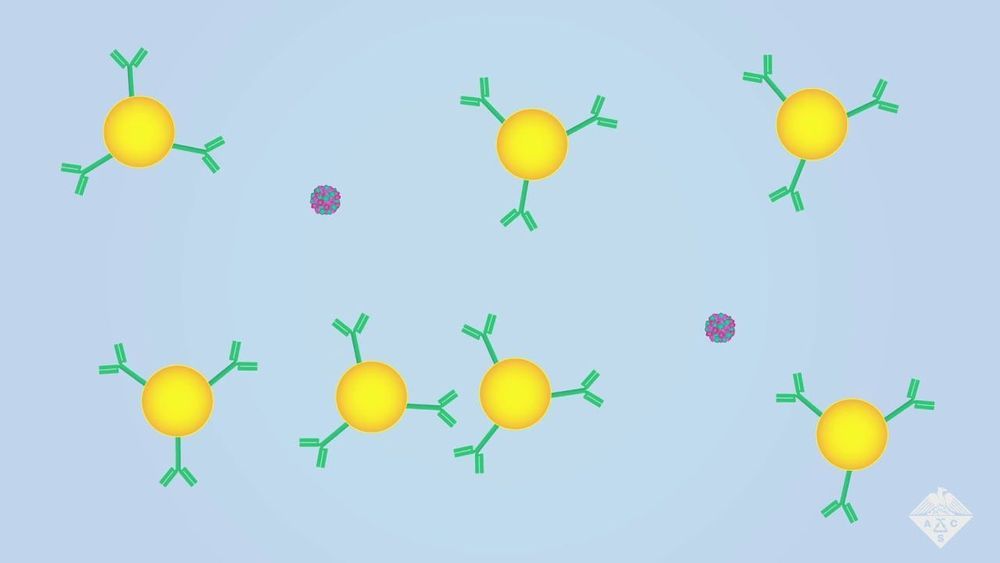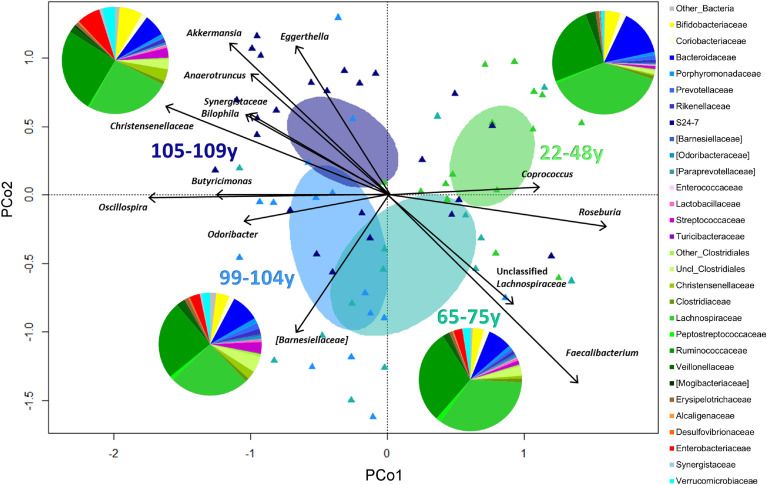Aug 27, 2019
History Made: How Costa Rica has Doubled It’s Tropical Rainforest Cover
Posted by Quinn Sena in categories: employment, habitats, policy
The year 2017 saw the second highest global tree cover loss recorded in the history of this planet, according to the World Economic Forum. Researchers at the University of Maryland (USA) found an area of tree loss equal to the size of Bangladesh. That equates to losing 40 soccer fields covered in trees every minute for a year. But guess what, Costa Rica took the fight in the other direction, declaring they had officially doubled their tropical rainforests since 2001. Doubled!
How can the world learn from Costa Rica’s experience and use it as a model for other nations? It helps to take a closer look at exactly what Costa Rica has done right in managing this issue, while other countries have failed miserably. In the mid-20th century, three quarters of Costa Rica was covered in lush, verdant tree canopy. Then came loggers, who savagely cleared acres and acres of pristine rainforest, lining their pockets by selling off Costa Rica’s natural resources. At the same time, of course, they were destroying the natural habitats of Costa Rica’s indigenous creatures, for instance Golden toads and Poison dart frogs.
But then, something changed radically in the thought processes of Costa Rican policy makers, and the rate of deforestation slowed, until it eventually dropped to zero. What happened? Costa Rica awakened to the potential of its rich ecosystems and began vigorously safeguarding them. Healthy ecosystems meant tourist dollars and employment opportunities for Ticos throughout the country.















